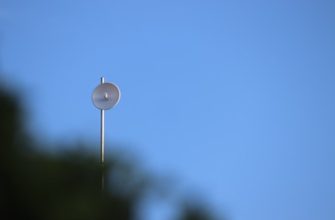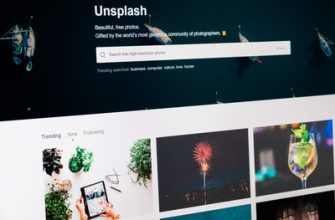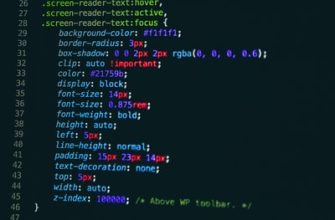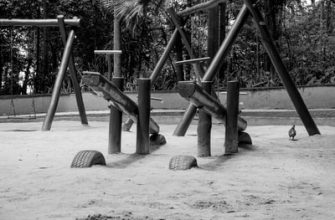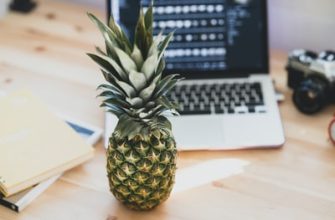There are a number of different HTML tags that can be used for SEO purposes. These include Heading tags, Canonical tags, and Robots tags. They are a great way to get your website noticed and ranked on Google and other search engines.
Heading tags
Using HTML tags to structure your page content will make it easier for your readers and search engine bots to understand what you’re about. However, you’ll want to avoid using heading tags to style your text. Instead, create a hierarchy using a mix of H1, H2, and H3 tags.
While this may seem like a trivial detail, it’s actually a key component of good technical SEO. Headings provide the reader with a visual marker for where he or she should be in the content. Putting the right headings in place can also help to create a more scannable article.
The h1 tag is a good example. It serves as the main headline for the page and is what you see on the SERPs. It should describe what the post is about.
Meta description
Meta description for SEO content and HTML tags help promote your website by attracting users to your page. When writing these meta descriptions, be sure to provide enough information for your readers and include key phrases.

Using a meta description for SEO isn’t always easy. However, there are some simple steps to follow to make your tags as effective as possible. In addition to keywords, you should also include a “sneak peak” of your webpage’s content.
The tone of voice you use in your meta description can have a significant impact on your reader’s experience. For example, if you’re writing a news article, you may want to list the author’s name, date of publication, or other details.
Another important aspect of the meta description is the call-to-action. In this case, you can use words such as “Learn more”, “Check out”, or “Let’s find out”. This helps encourage your readers to click on your site.
Alt attribute
The Alt attribute is a very important component of on page SEO. It’s used to provide alternative text when an image can’t be displayed. It helps search engines understand the content of a page, which can improve rankings. It also helps users who are blind or have low vision.
A good alt attribute should contain keywords, but not keyword stuffing. Adding too many keywords can make a page look spammy. Google can penalize you for this.
Alt attributes are most effective when used with descriptive and illustrative text. This allows web browsers to select the best source for the image. ALT texts are also used by screen reading programs to help the visually impaired understand a page’s content.
Providing a short description of a page with an image is an excellent way to improve SEO. This can be done with a title attribute or an image caption.
Robots tag
A robots tag is a part of an HTML page that tells search engines how to crawl and index a web page. Typically, it is placed inside the head section of the page. It helps search engines to crawl your site more efficiently. This can have a significant effect on your SEO content.
It can also affect the way that search engines display content in the search engine results pages (SERPs). It is one of the most important SEO tags. Adding a robots tag is not difficult, but it does require a lot of research. You will need to determine which crawlers are most important for your content.
There are many ways to add a robots meta tag to your website. However, you may need to work with an SEO plugin to make this process easier.
Canonical tag
A canonical tag is a special HTML tag that tells search engines which version of a web page to display in search results. While canonicalization can be helpful, it also has its downfalls. The canonical tag’s main purpose is to avoid duplicate content. Having multiple URLs that lead to the same page can confuse bots and derail your SEO campaign.
A canonical tag works by pointing the bots to the most important page on your site. This means that you won’t have to deal with having to redirect your visitors to your main URL each time they visit your website.
A canonical tag is a useful SEO tool, but it shouldn’t be used for every page on your site. This is because you may end up wasting your crawl budget by sending bots to irrelevant pages.

